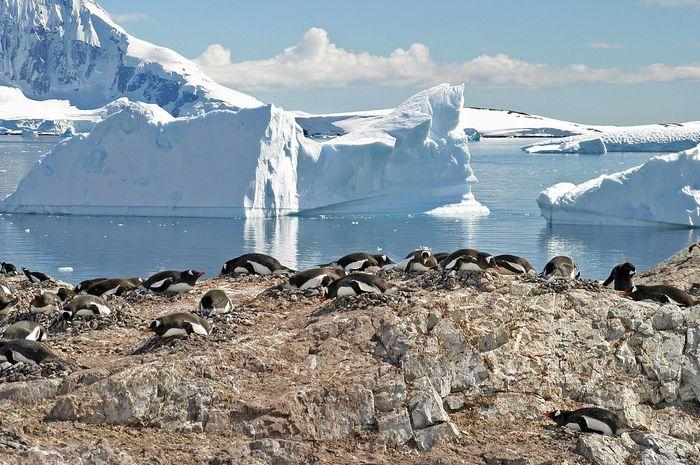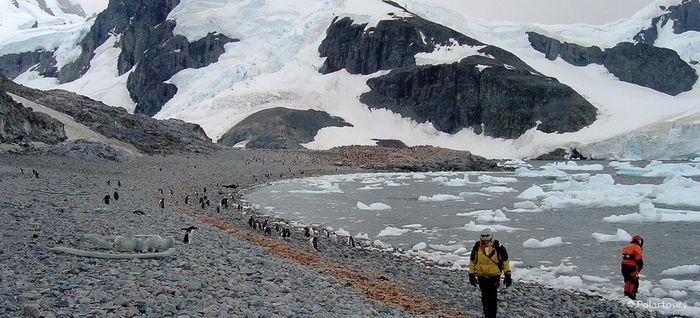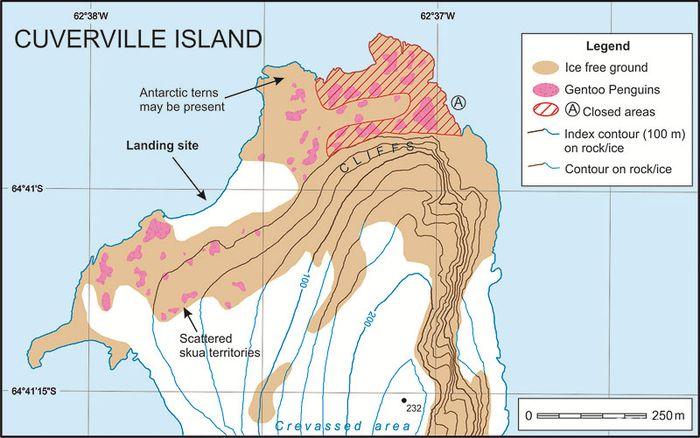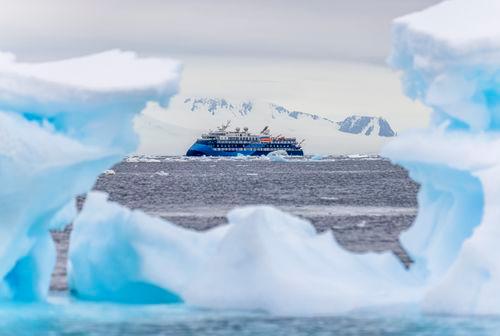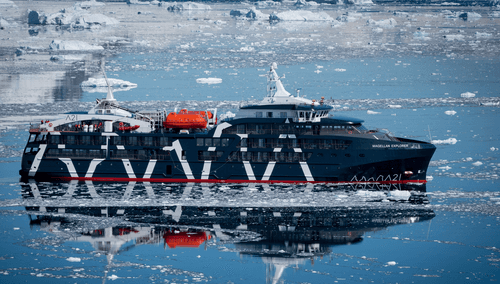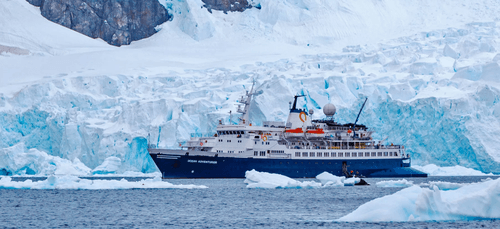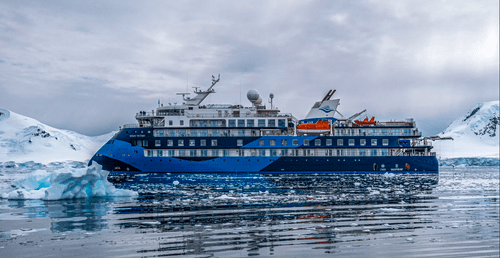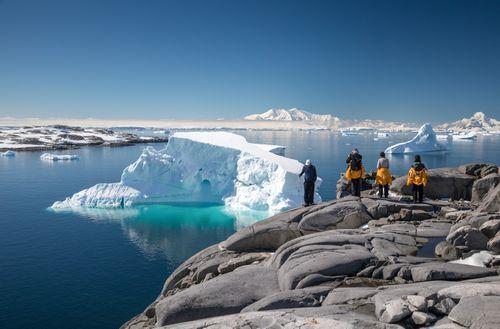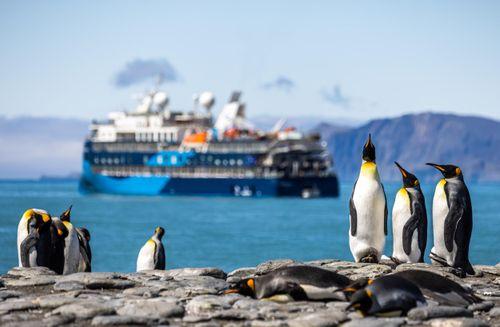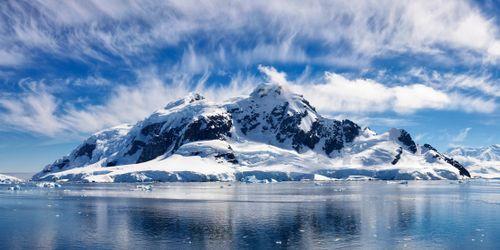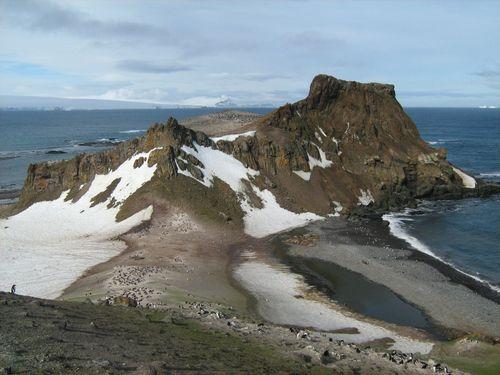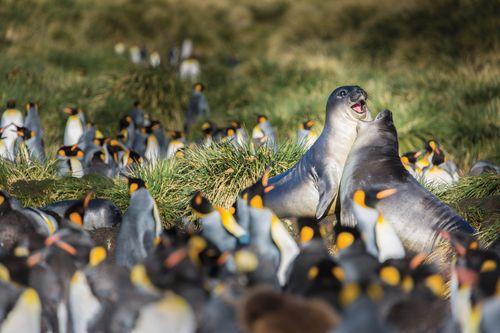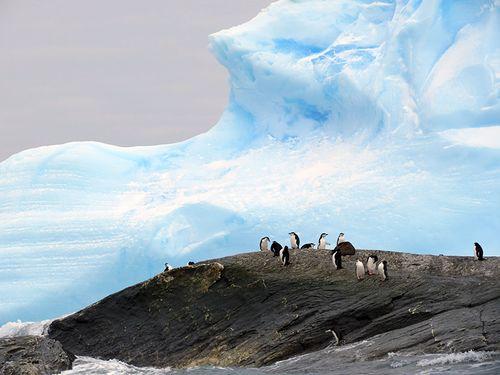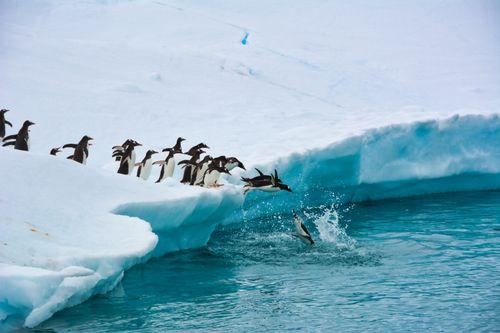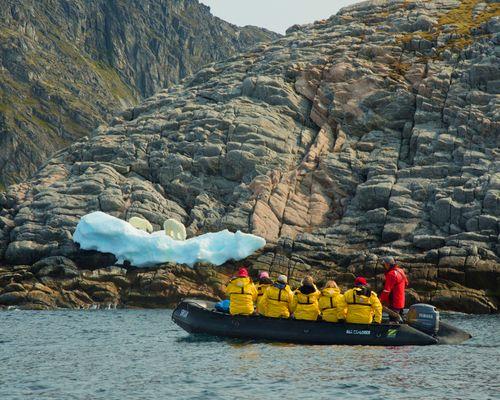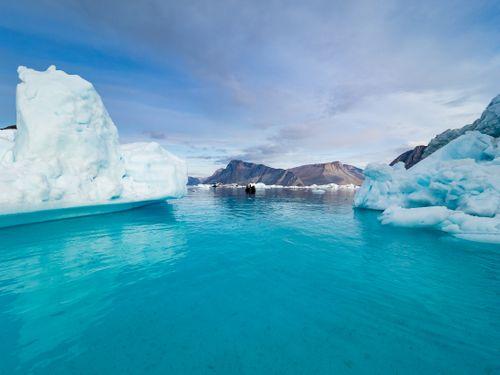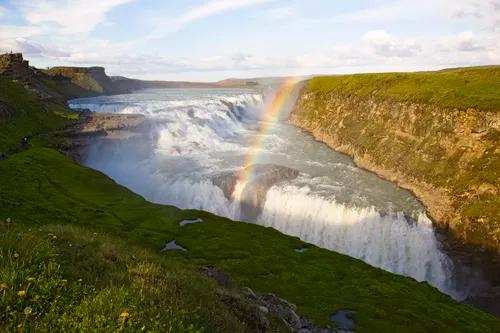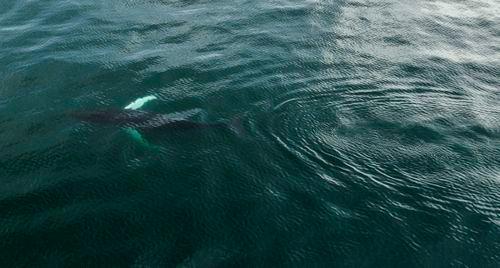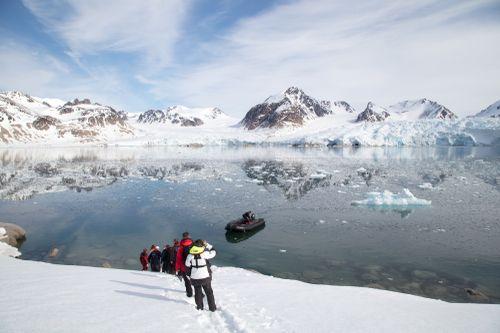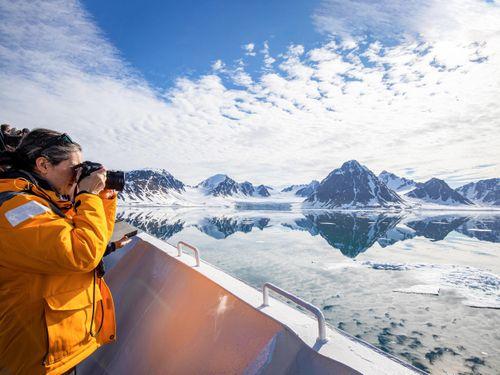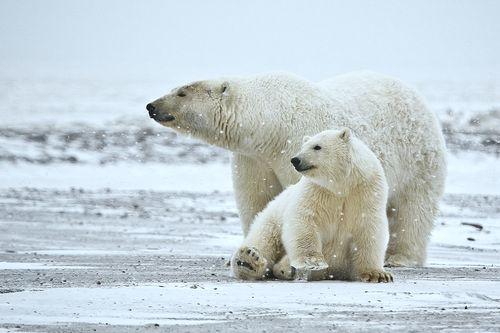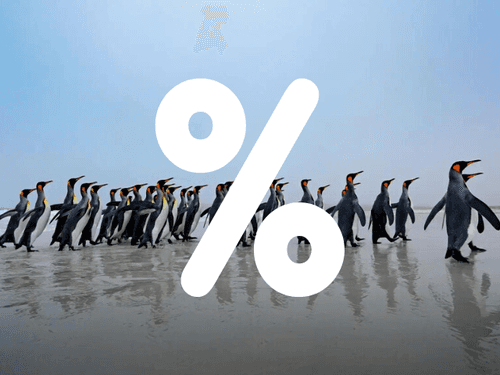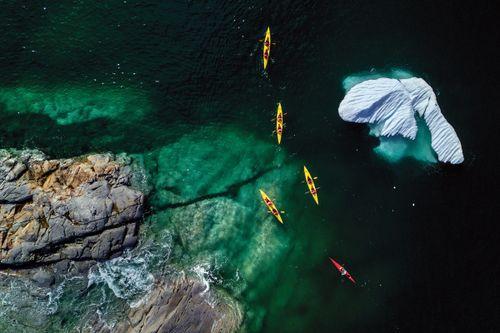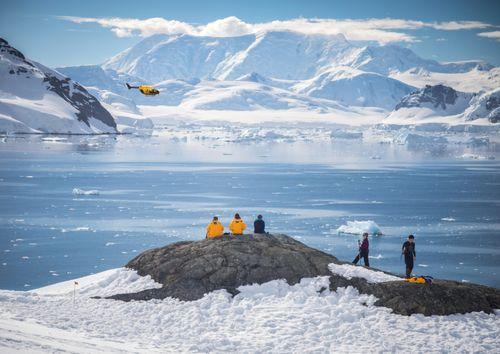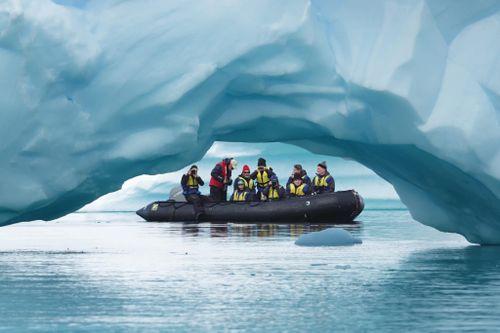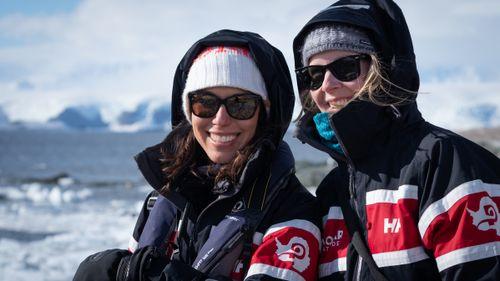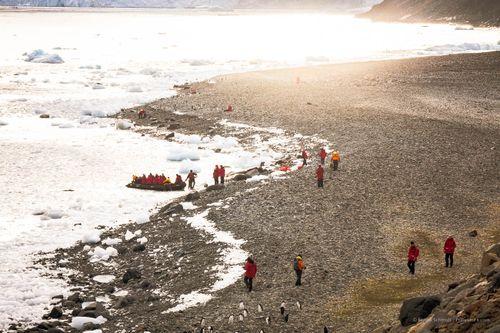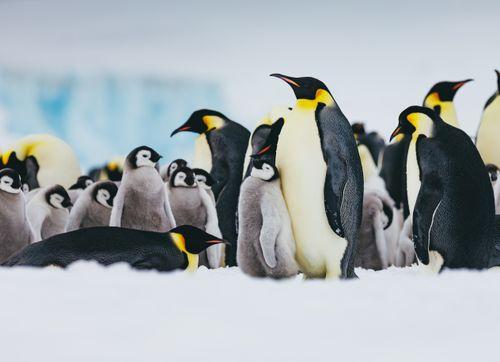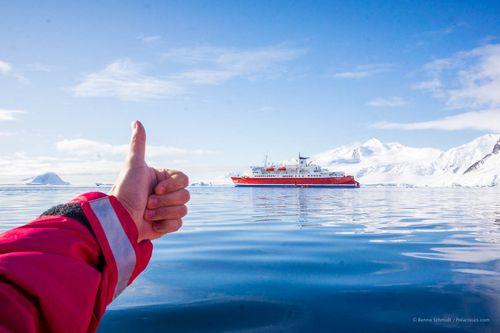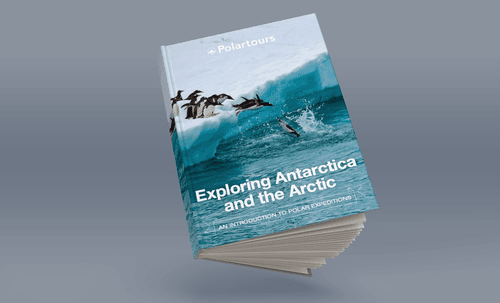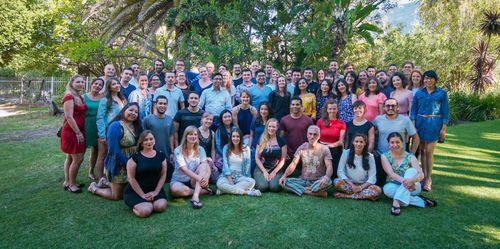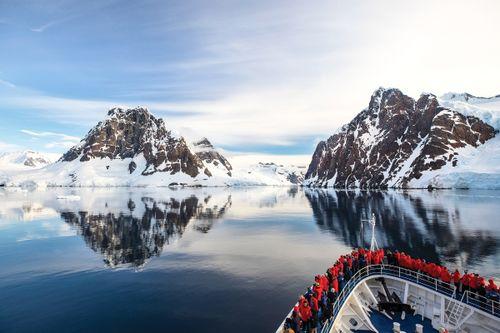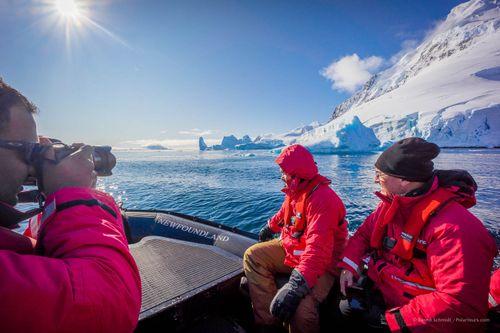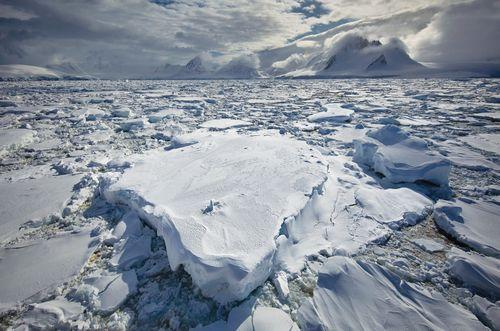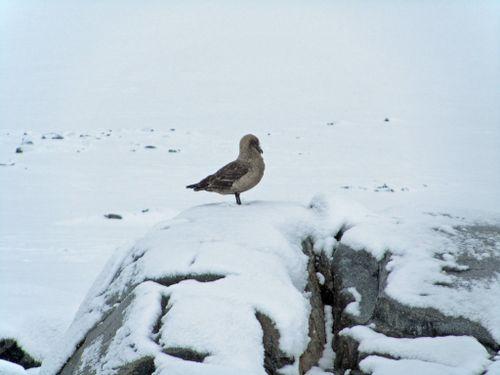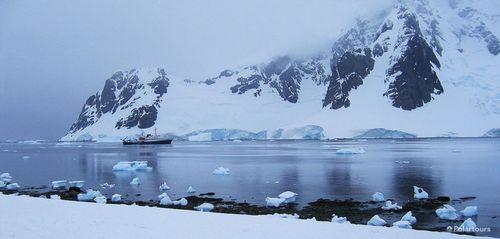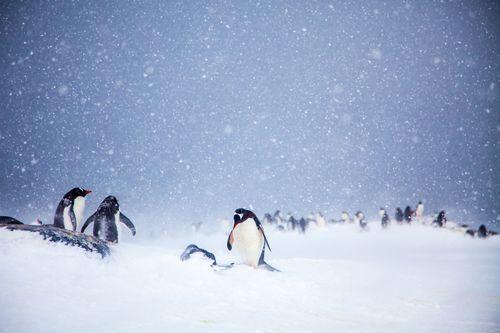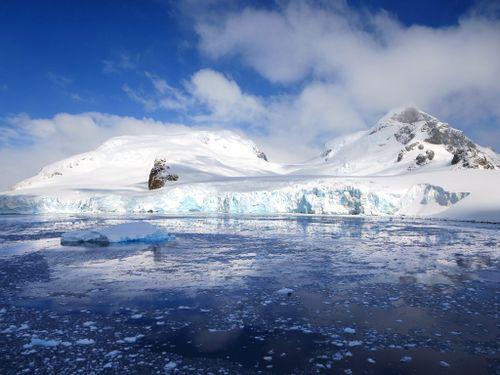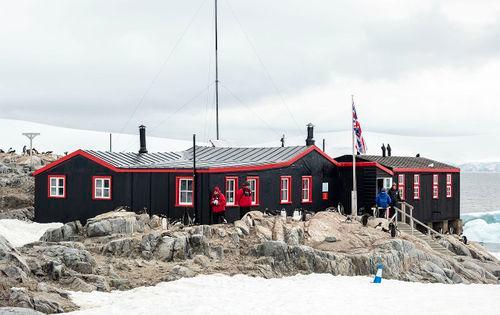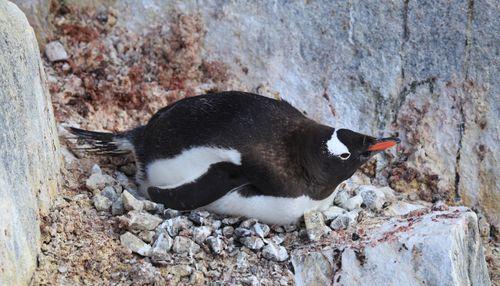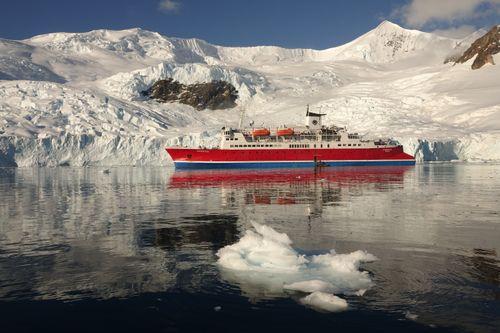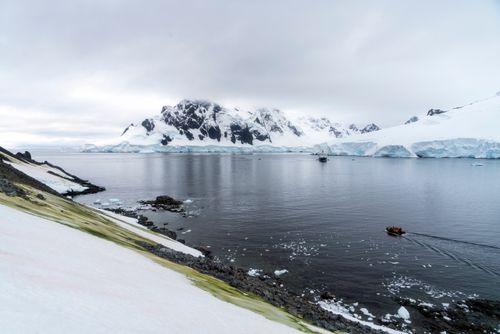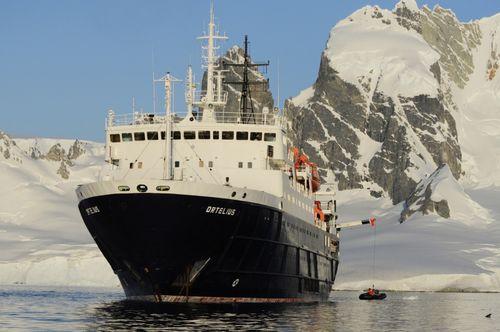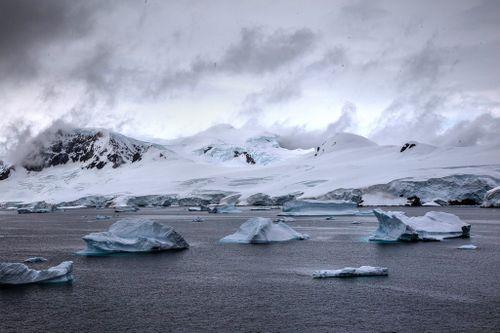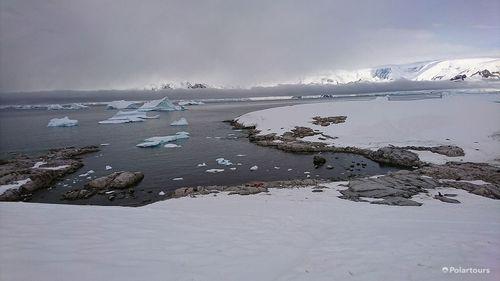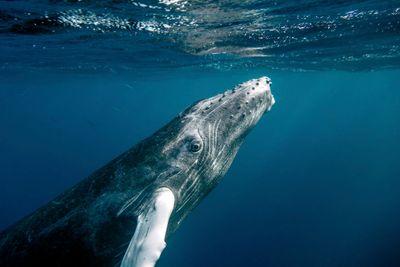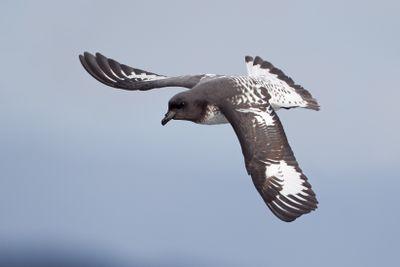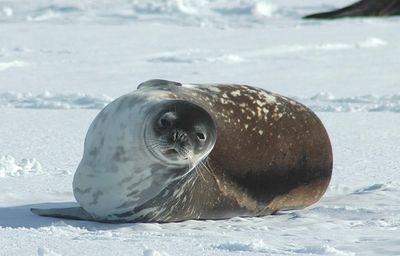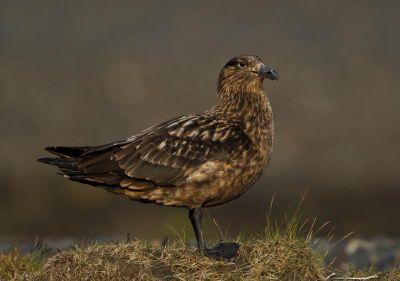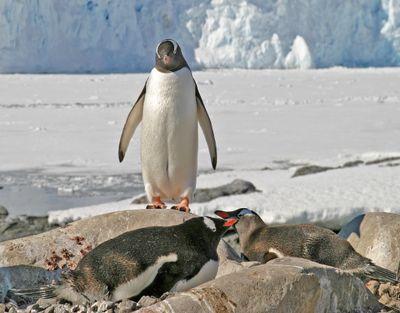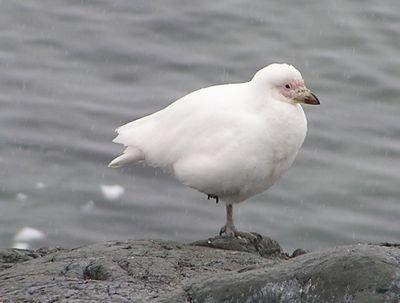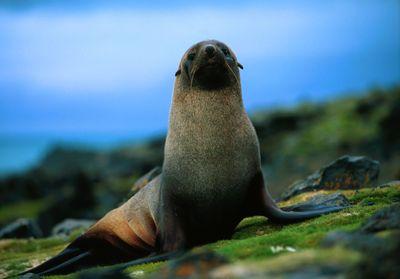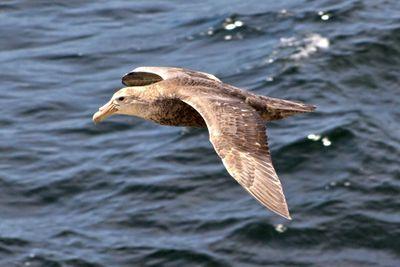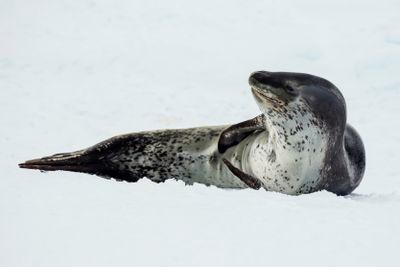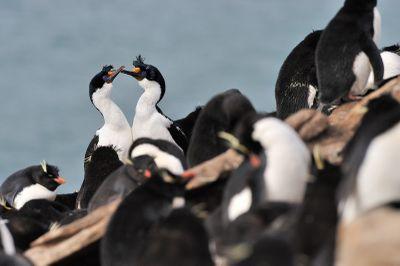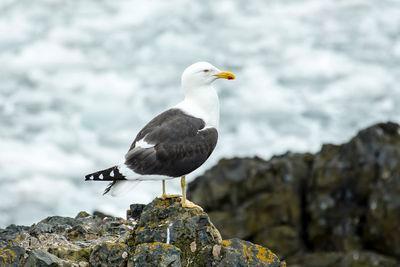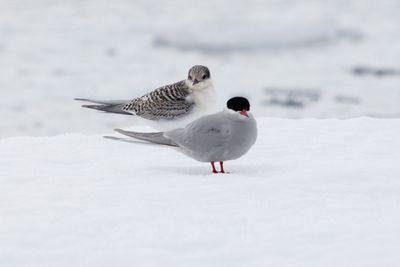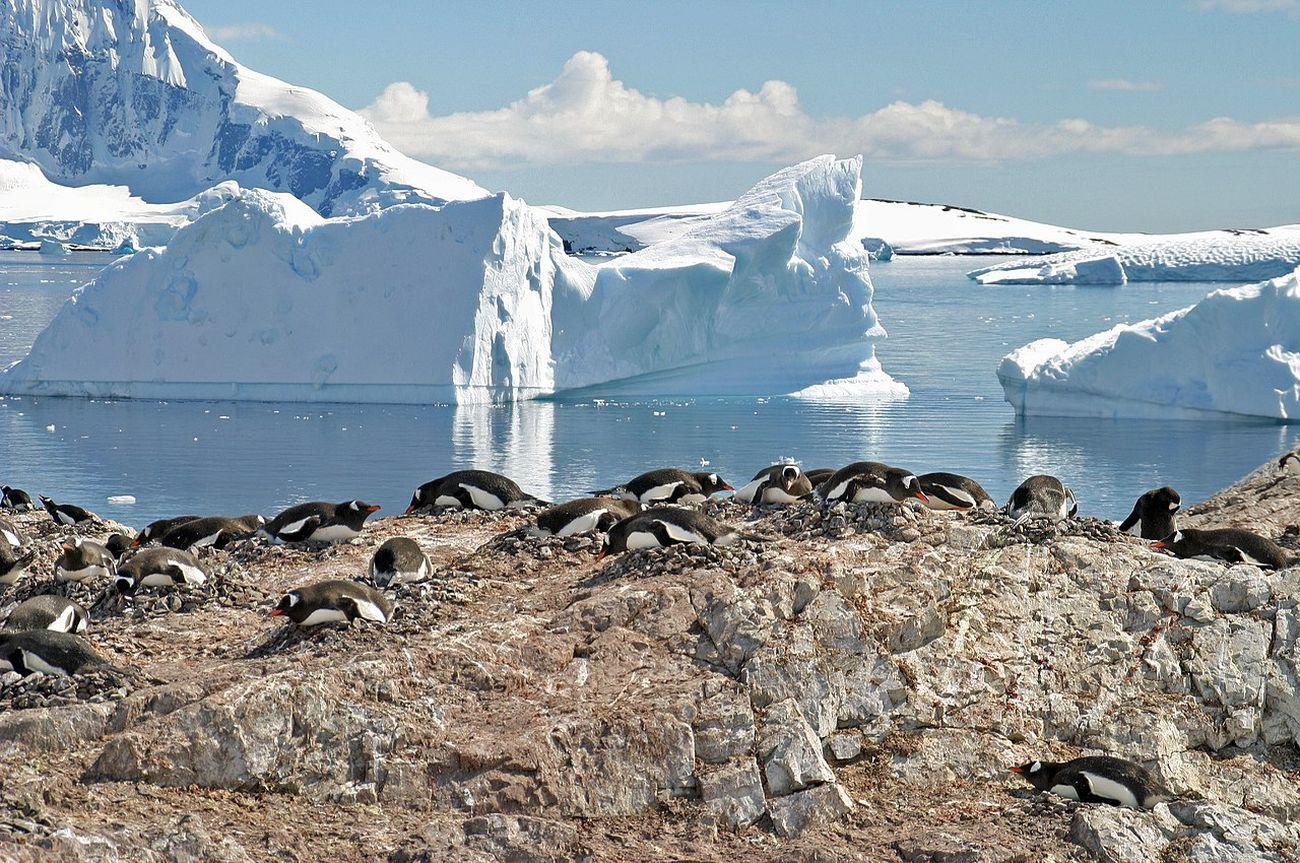
Cuverville Island
Cuverville Island is famous for its whaling artifacts and remains. Take a close look at the impressive penguin colonies on this Antarctic Island.
Information about Cuverville Island
This small, steep-sided island is only 1.5 by 1.25 miles and two-thirds of it sits under a permanent ice-cap. On its northern shore is a pebble and boulder beach backed by steep cliffs where you will arrive by zodiac from your Antarctic cruise vessel and come ashore.
At both ends of this beach are the impressive Gentoo penguin colonies that Cuverville is famed for. You will be able to clearly see the trails they use to make their way to and from the water. There are other colonies and nesting sites on the higher ground behind the beach, and throughout the island.
You can also see the evidence of the whaling activity that went on here in the early 1900s, including discarded whale bones and the remains of the equipment used to hall them ashore for processing. If you are lucky, you might see Humpback Whales and Antarctic Minke Whales offshore.
This small island is carefully protected - only one ship at a time may land passengers here and there are other restrictions to ensure the wildlife is not unnecessarily disturbed. Some areas of the island are closed to visitors, but the rest allows you to roam freely, and your expert guides will show you the resident flora and fauna, as well as explaining the island’s whaling history.
Interesting facts about Cuverville Island
Cuverville is at the entrance to the Errera Channel between the Antarctic Peninsula and Ronge Island and it is a great location for a Zodiac cruise with the stunning scenery, icebergs, and wildlife.
Discover early 20th-century whaling artefacts including scattered whalebones and a whalers’ dam, as well as colonies of Gentoo Penguins.
Pictures of Cuverville Island
